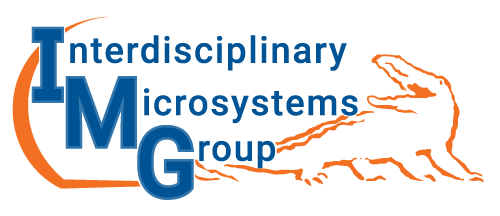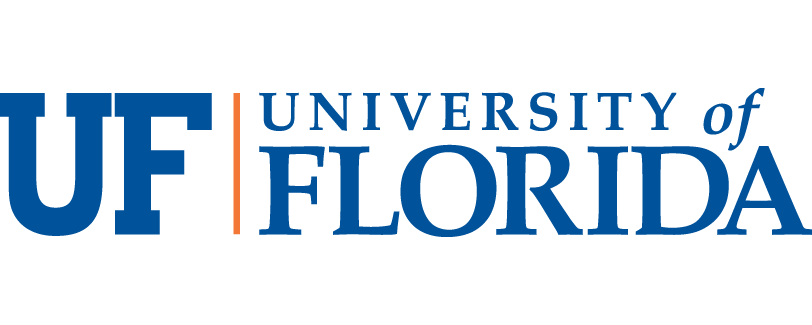Proposal Defense: Xiaoyu Cheng
Submitted by Xiaoyu Cheng on Fri, 09/14/2012 - 10:57amXiaoyu Cheng will defend his dissertation proposal, entitled "Wireless Biomedical Telemetry Systems Based on Flexible MetamaterialCircuits and Advanced RF Architectures" at 3:00pm on Friday, September 14th in NEB 401. Refreshments will be provided.

